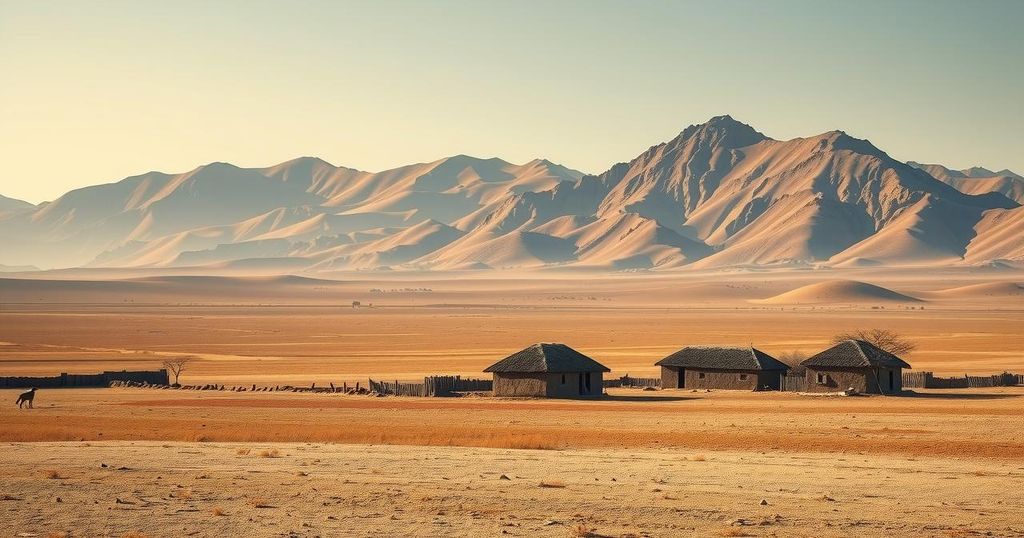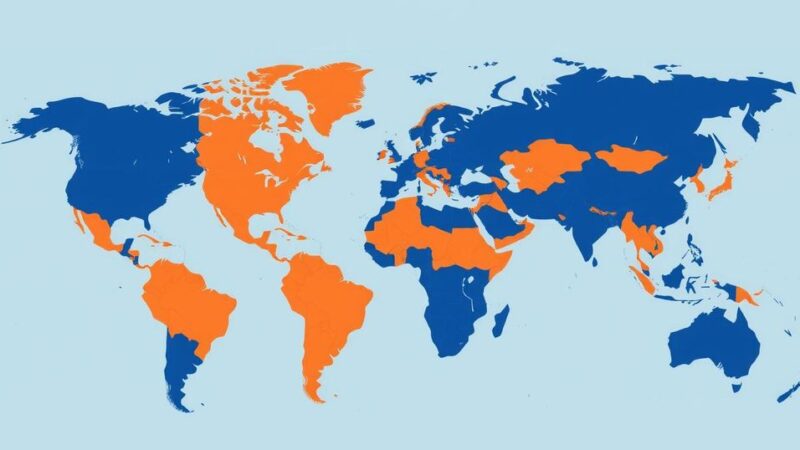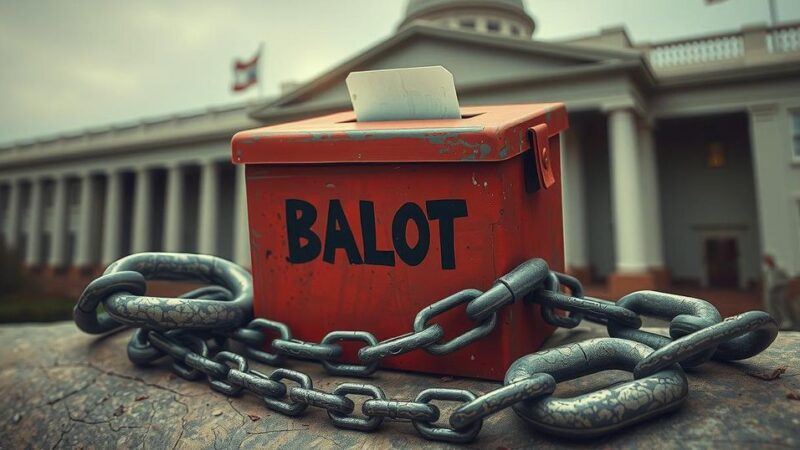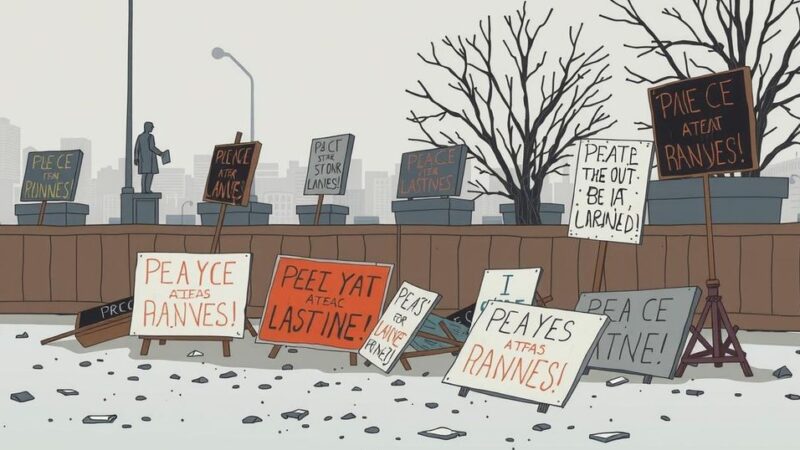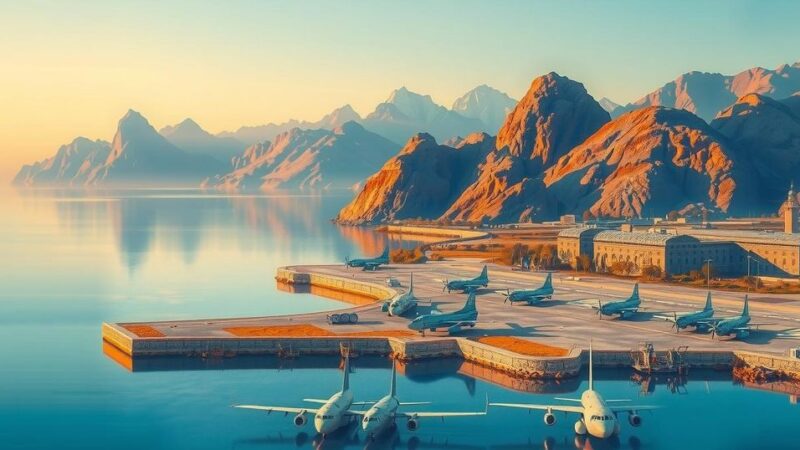Ethiopia’s shift to the Prosperity Party in 2018 marginalized the Tigray People’s Liberation Front, leading to a devastating war from November 2020 to November 2022. Despite a peace agreement, Tigray now faces dire humanitarian crises, political struggles within the TPLF, and ongoing violence from external armed groups. With an economy in ruins and insufficient governance, the region is in desperate need of support to avert further chaos.
Ethiopia’s government transition from the Ethiopian People’s Revolutionary Democratic Front to the Prosperity Party in 2018 marked a significant shift, resulting in the marginalization of the Tigray People’s Liberation Front (TPLF). On November 4, 2020, a federal offensive against Tigray initiated a brutal two-year war, with estimates indicating approximately 600,000 civilian casualties. This conflict ranks among the most devastating of the 21st century, causing grave destruction to the region’s populace and infrastructure.
Despite the signing of a peace agreement in South Africa on November 2, 2022, the Tigray region continues to face profound political and humanitarian crises. The war’s aftermath has left the region in turmoil, with residents struggling to access basic necessities like food, water, and medication due to a decimated economy and limited humanitarian aid. The internal strife within the TPLF, especially between factions led by Debretsion Gebremichael and Getachew Reda, has exacerbated the instability.
In January 2025, calls from the Debretsion faction for new regional leadership were met with resistance from the interim administration, deemed illegitimate by the federal government. This power struggle has triggered public discontent and protests, further undermining the interim administration established under the Pretoria agreement. Consequently, the political instability, coupled with ongoing humanitarian concerns, has rendered the interim government ineffective.
The socio-economic landscape in Tigray remains bleak, with an alarming 81% youth unemployment rate reported in a 2024 survey. The lingering impacts of war and governmental failures have manifested in social distress and a struggle for survival among the populace. The Pretoria agreement aimed to restore order and establish governmental control, but significant gaps in implementation jeopardize its goals.
While some positive steps have emerged, such as the reopening of banks and certain social services, serious threats linger. Armed groups from Eritrea and the Amhara region continue to occupy Tigray, obstructing the return of displaced individuals and violating the peace accord’s provisions. The incomplete disarmament of Tigrayan fighters poses risks to regional stability and threatens potential resurgence of violence.
The ramifications of these failures are dire. An increasing humanitarian crisis could affect a million displaced individuals, and the failure of the TPLF leadership to unite complicates governance under the interim administration. Economic hardships, including job scarcity and high prices, coupled with civil insecurity, compound the residents’ suffering.
Moreover, the political divisions within Tigray enhance the possibility of renewed conflicts, particularly if external influences like Eritrea seek to exploit the situation. The history of animosities between the TPLF and Eritrea, coupled with the lack of a cohesive interim government, raises concerns that the cycle of violence may persist, necessitating urgent international intervention to avert a deeper crisis.
In conclusion, while the formal end of hostilities in Tigray was signaled by the Pretoria agreement, the region continues to face significant political, humanitarian, and economic challenges. The lingering impacts of civil strife and the absence of a unified leadership exacerbate an already dire situation. Urgent action from both national and international stakeholders is essential to foster stability and support the rebuilding efforts in Tigray.
Original Source: www.inkl.com
